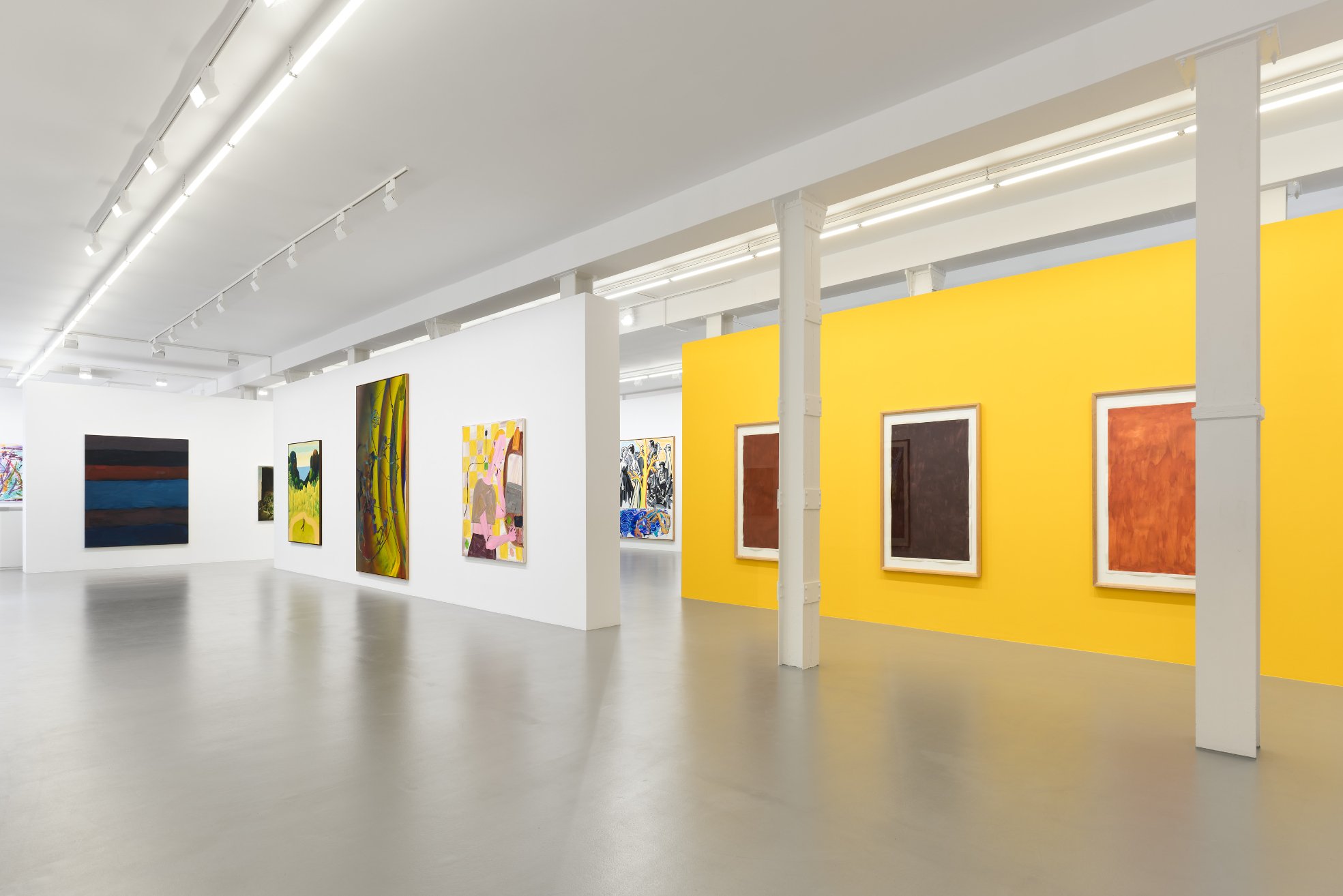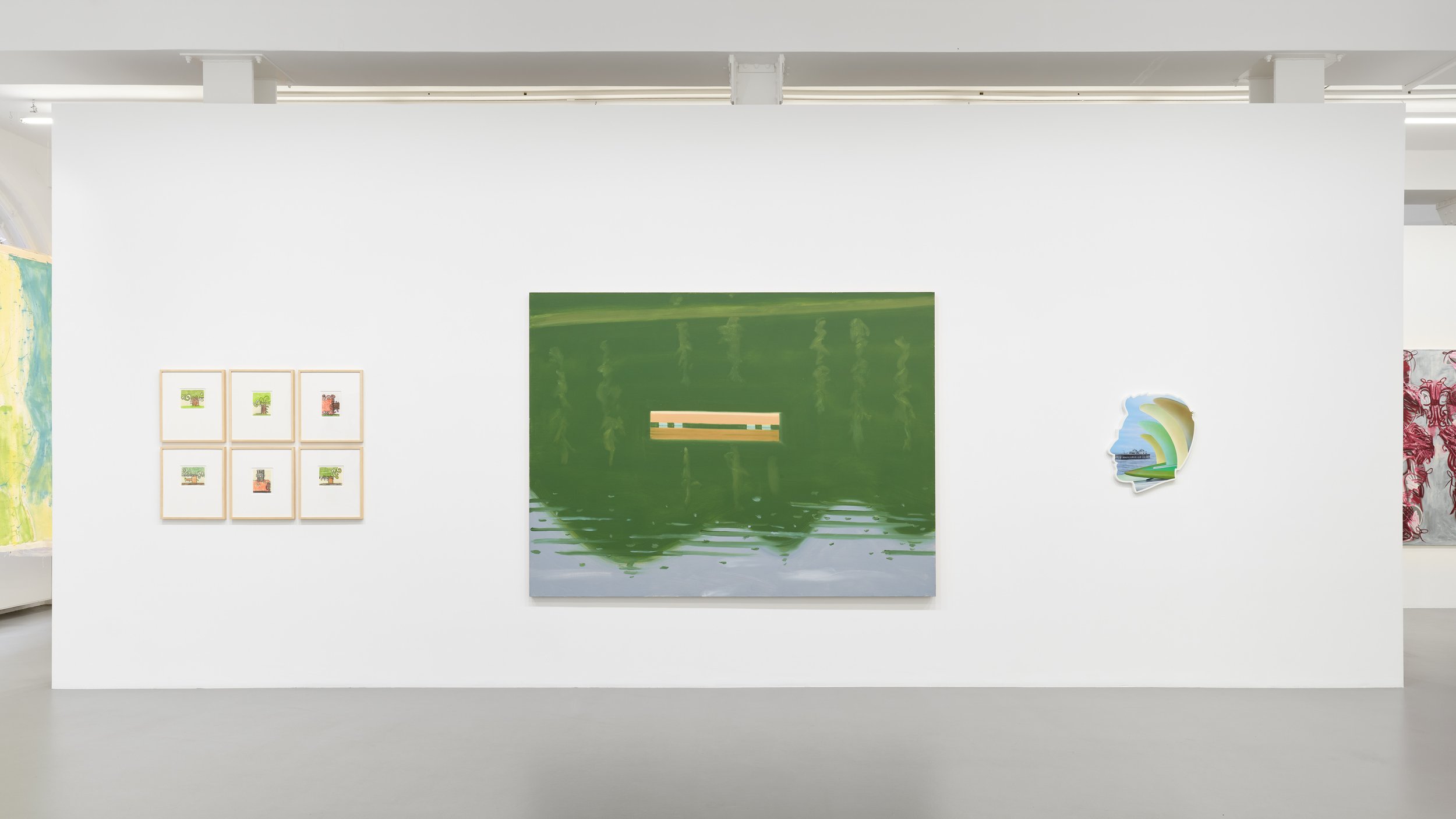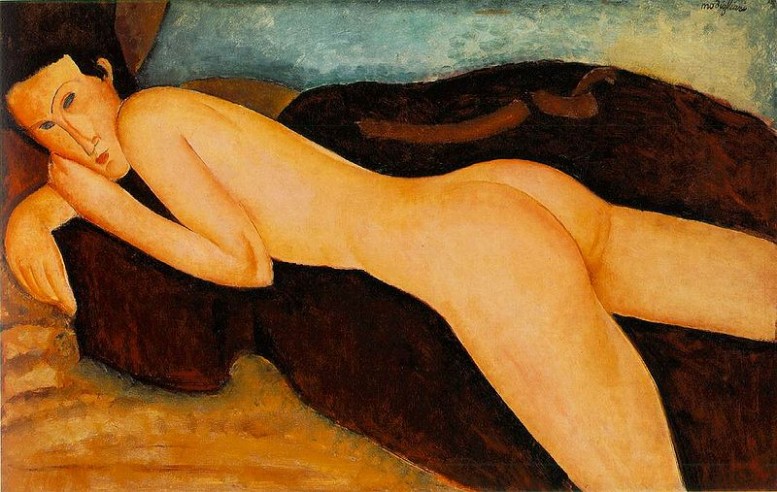Left to right: Günther Förg, Vivian Suter
Installation view: Galerie Max Hetzler, Berlin, 23 June – 19 August 2023
Courtesy the artists and Galerie Max Hetzler, Berlin | Paris | London, Photo: def image
Galerie Max Hetzler explodes into colorful, ethereal questioning with a group show featuring work by Darren Almond, Georg Baselitz, Glenn Brown, André Butzer, Sarah Crowner, Carroll Dunham, Hedwig Eberle, Ida Ekblad, Günther Förg, Katharina Grosse, Alex Israel, Melike Kara, Alex Katz, Friedrich Kunath, Beth Letain, Jake Longstreth, Tal R, David Salle, Julian Schnabel, David Schutter, Sean Scully, Ben Sledsens, Mònica Subidé, Vivian Suter, Liliane Tomasko, Tursic & Mille, Rinus Van de Velde, Grace Weaver, Emma Webster, and Toby Ziegler.
Despite Cézanne’s insistence that the world, with all its strangeness, only becomes present, comprehensible and recognizable in images, the onset of modernity initiated a disappearance of nature and landscape in the course of a rational logic of progress. Matisse, Munch or Klee were already only able to preserve them in pictorial form. With 30 individual views on landscape and nature, the group exhibition das gelbe Licht 6 Uhr nachmittags (the yellow light at 6pm) maps out the hazy mosaic of a frail present: whether as a melancholic reminiscence of man-made devastation, a stoic contemplation of the fragile fabric of everyday life or a daring invention of an uncertain future yet to come.
The work is largely without people. Yet, as the exhibition title, a line of poetry by the late Rolf Dieter Brinkmann suggests, we, looking and empathizing, are ourselves the missing human reference. For the question of how we want to fit into the world arises again and again.
the yellow light at 6pm (das gelbe Licht 6 Uhr nachmittags) is on view until August 19th at Galerie Max Hetzler, Bleibtreustraße 45, 10623 Berlin





